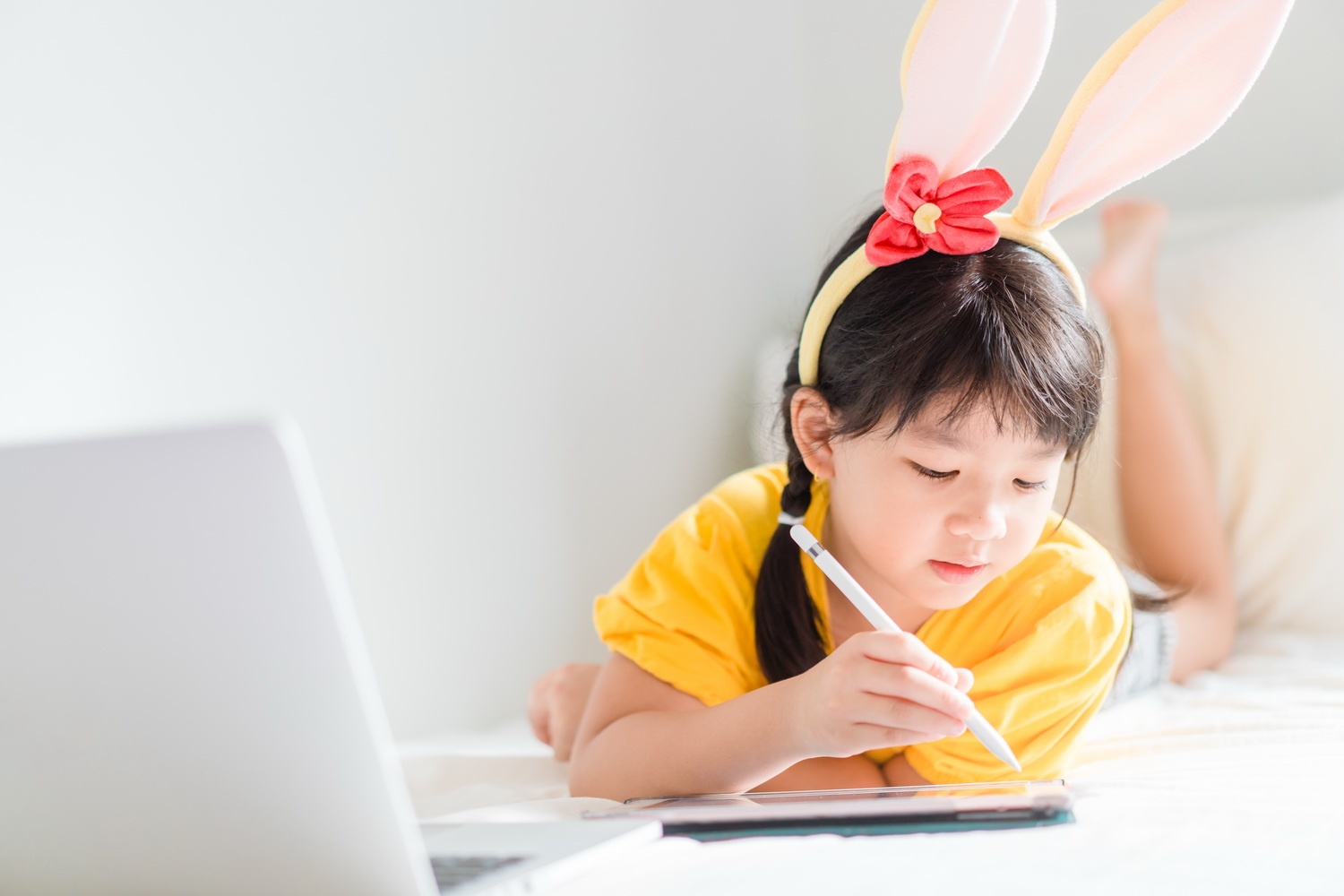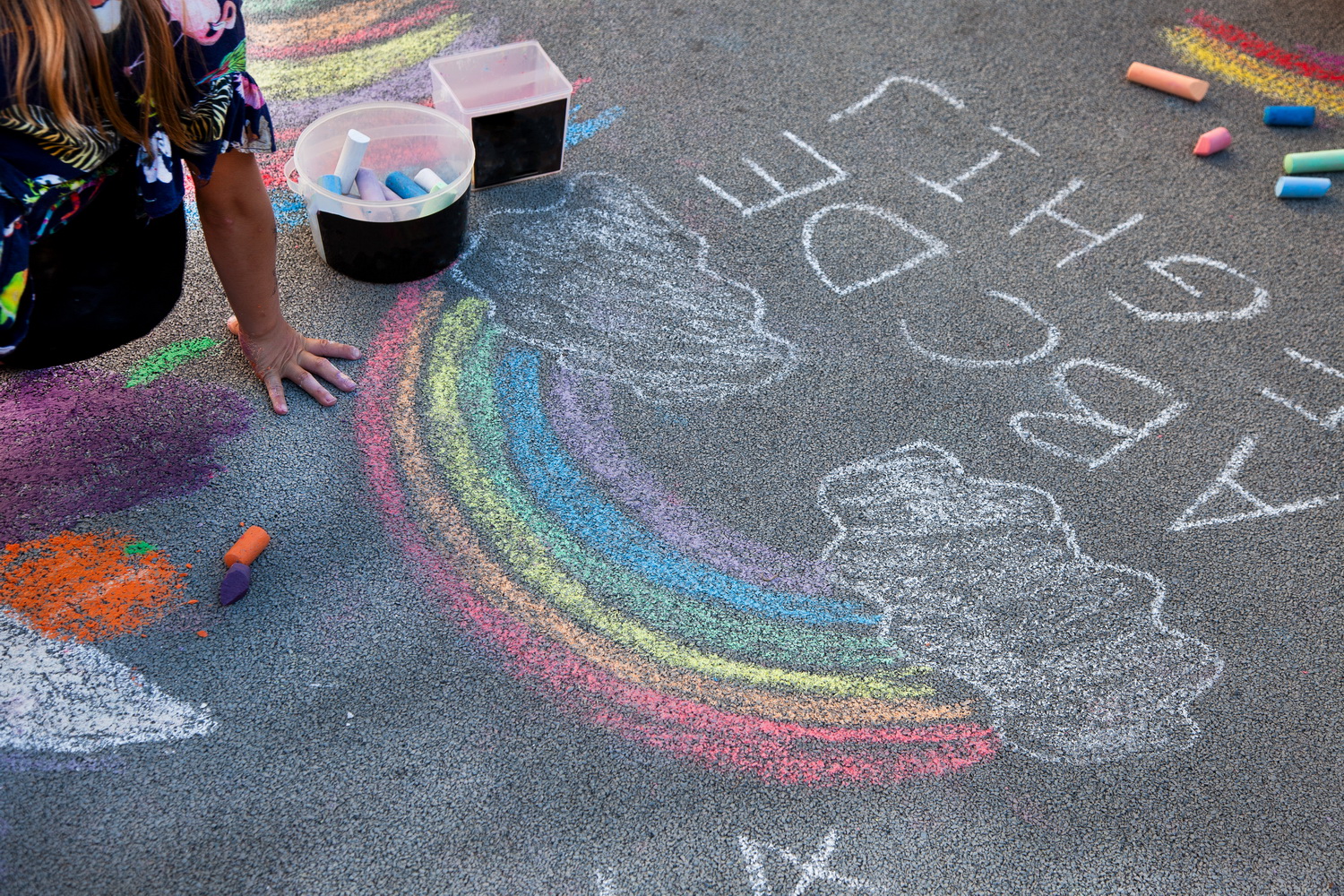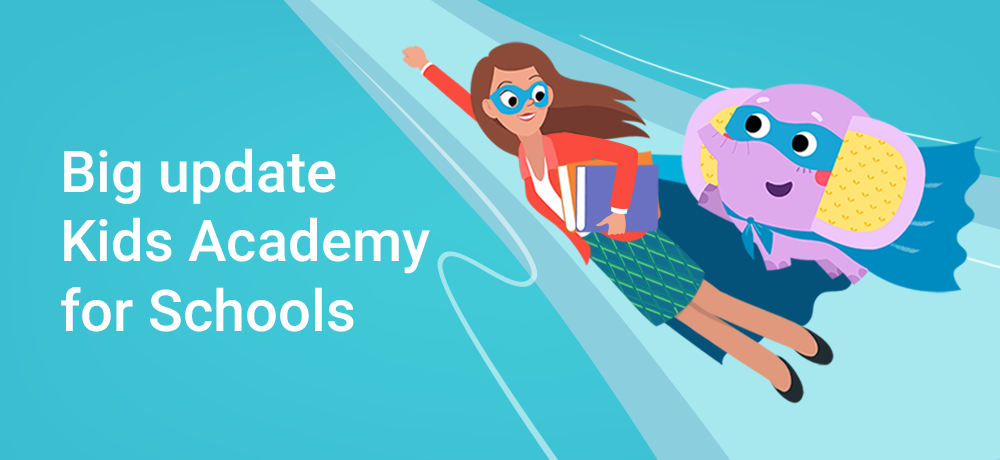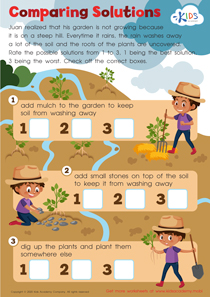Alphabet worksheets activities for 3-Year-Olds
13 filtered results
-
From - To


Words: Assessment 4 Worksheet
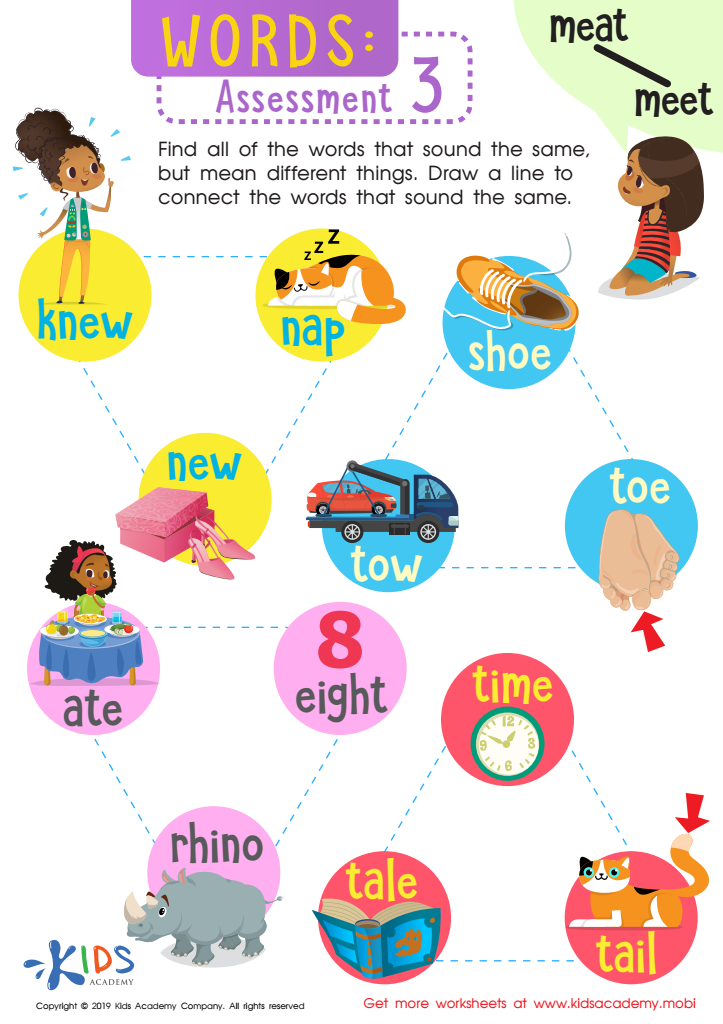

Words: Asessment 3 Worksheet


Words: Assessment 2 Worksheet
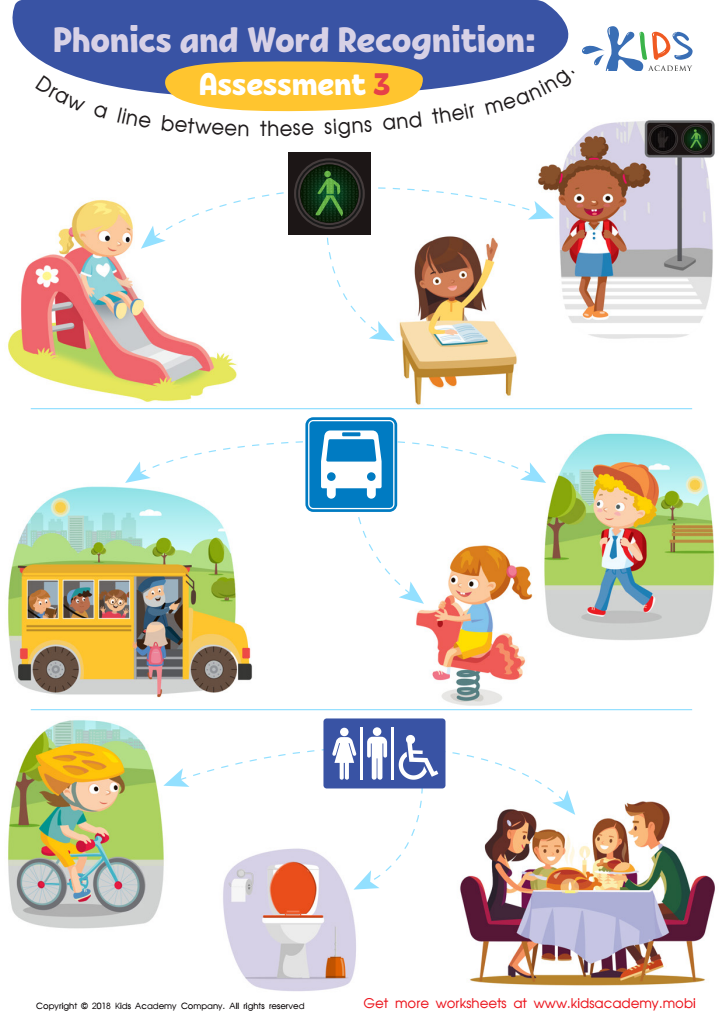

Phonological Awareness: Assessment 3 ELA Worksheet
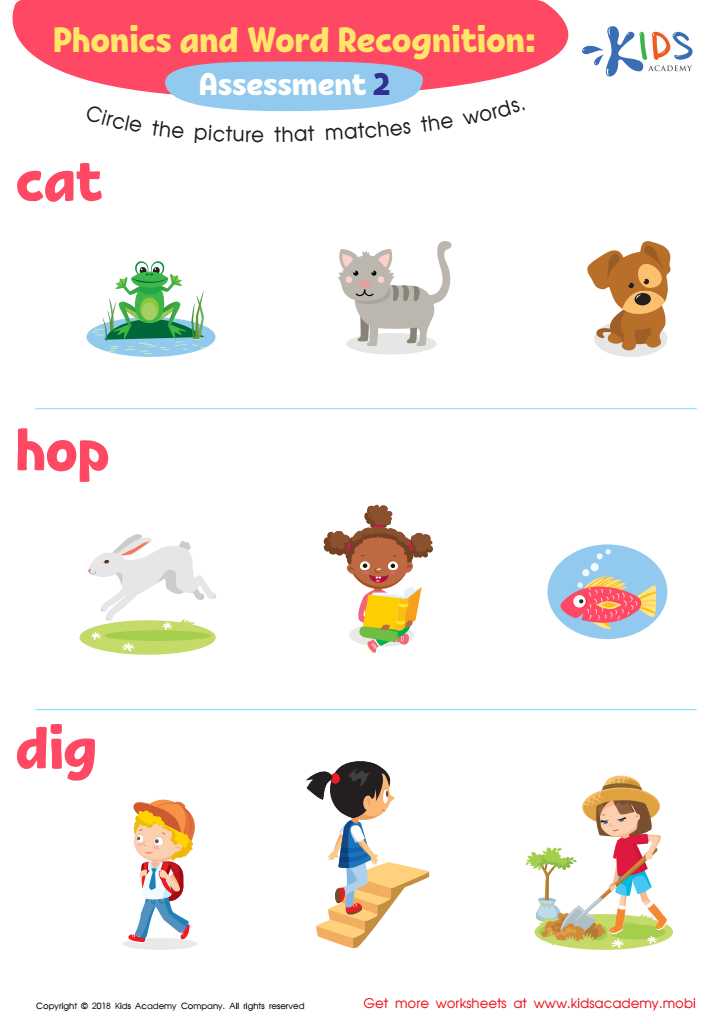

Phonological Awareness: Assessment 2 ELA Worksheet
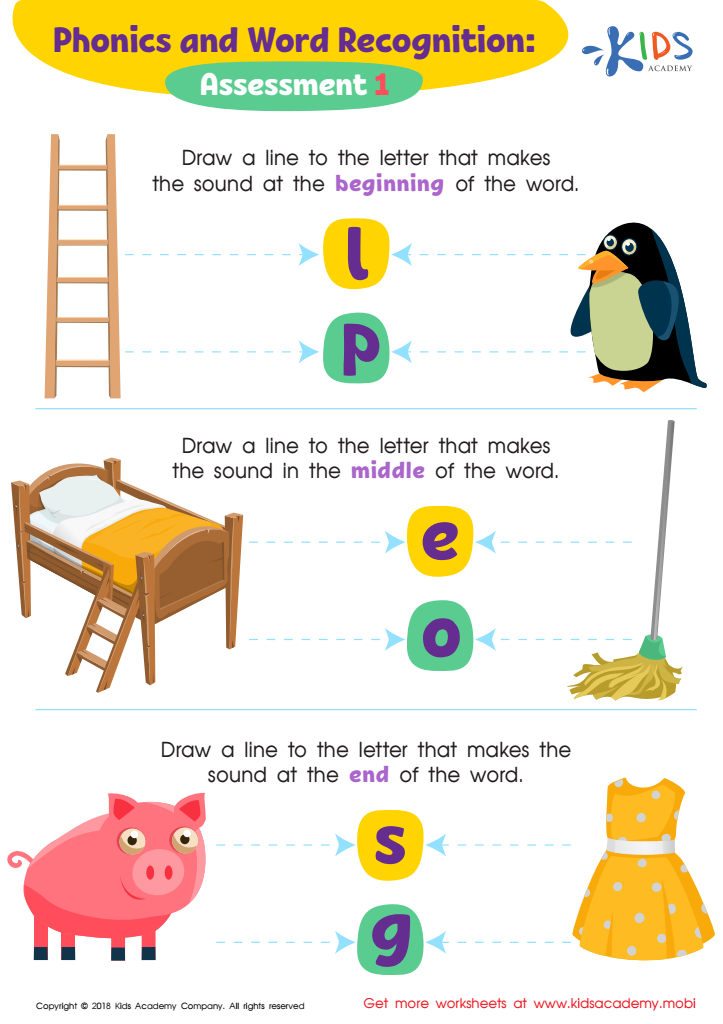

Phonics and Word Recognition: Assessment 1 ELA Worksheet


Phonological Awareness: Assessment 6 Worksheet


Phonological Awareness: Assessment 5 Worksheet
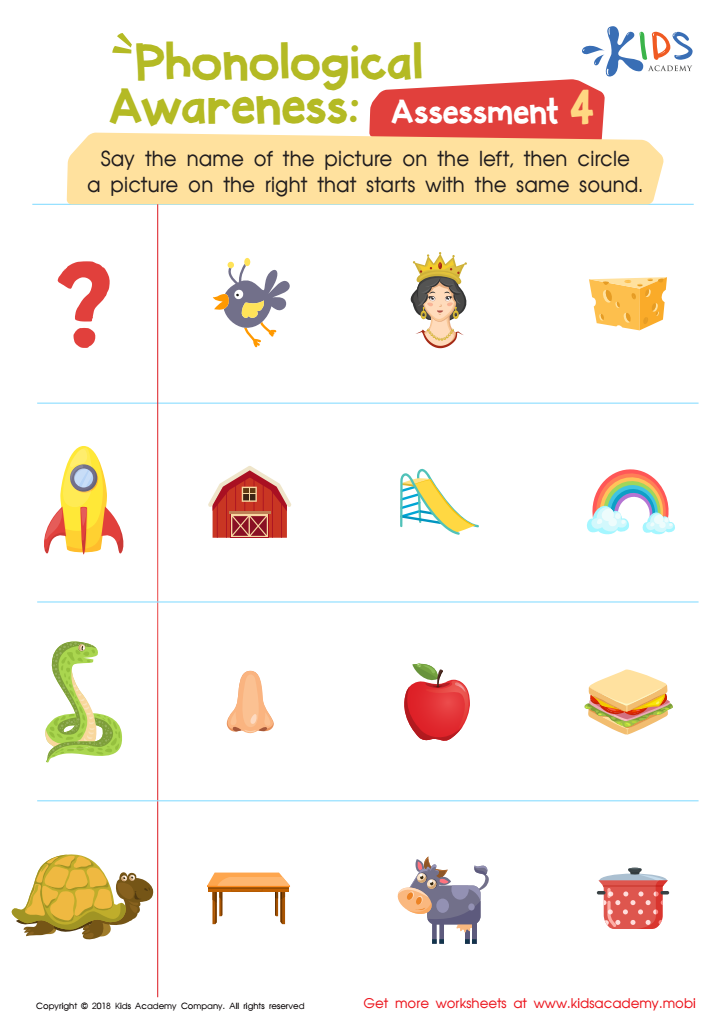

Phonological Awareness: Assessment 4 Worksheet
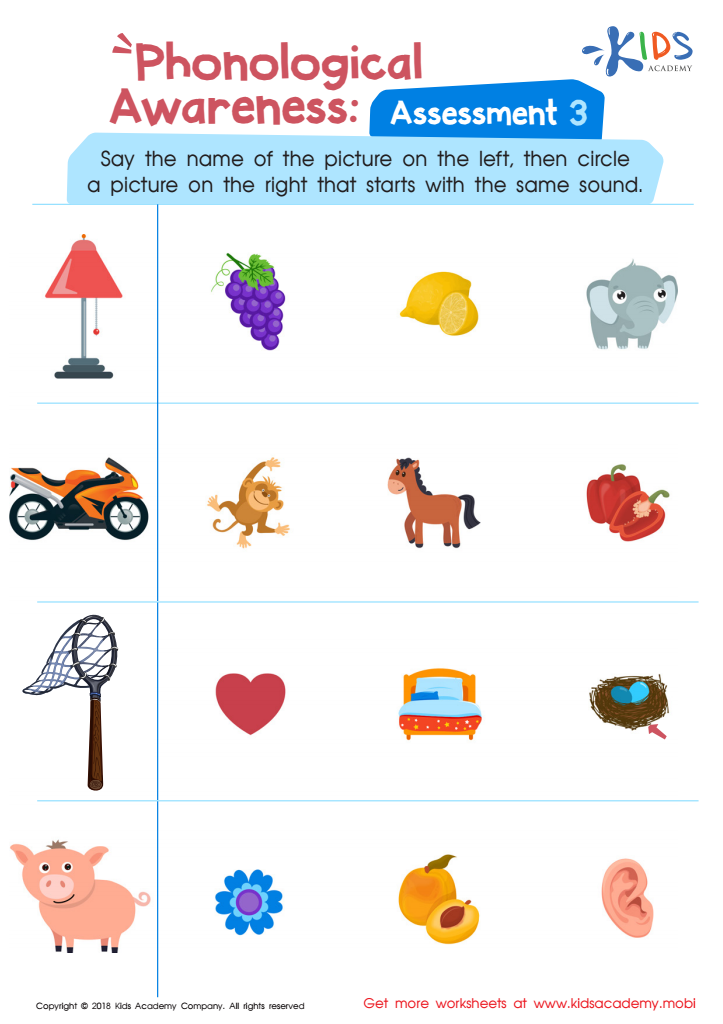

Phonological Awareness: Assessment 3 Worksheet
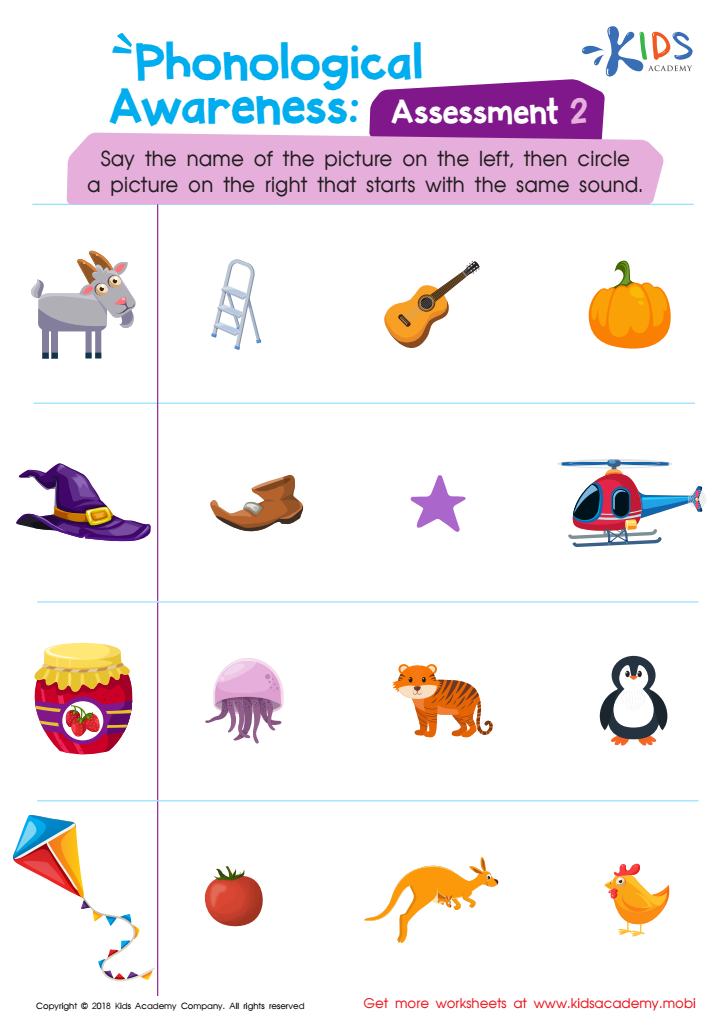

Phonological Awareness: Assessment 2 Worksheet
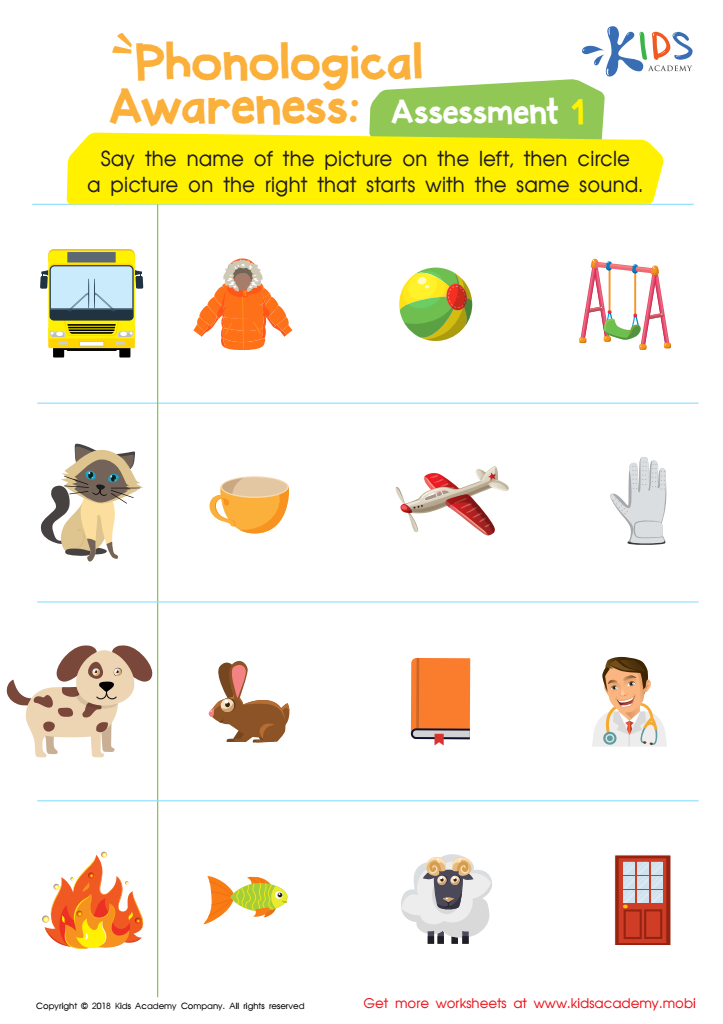

Phonological Awareness: Assessment 1 Worksheet
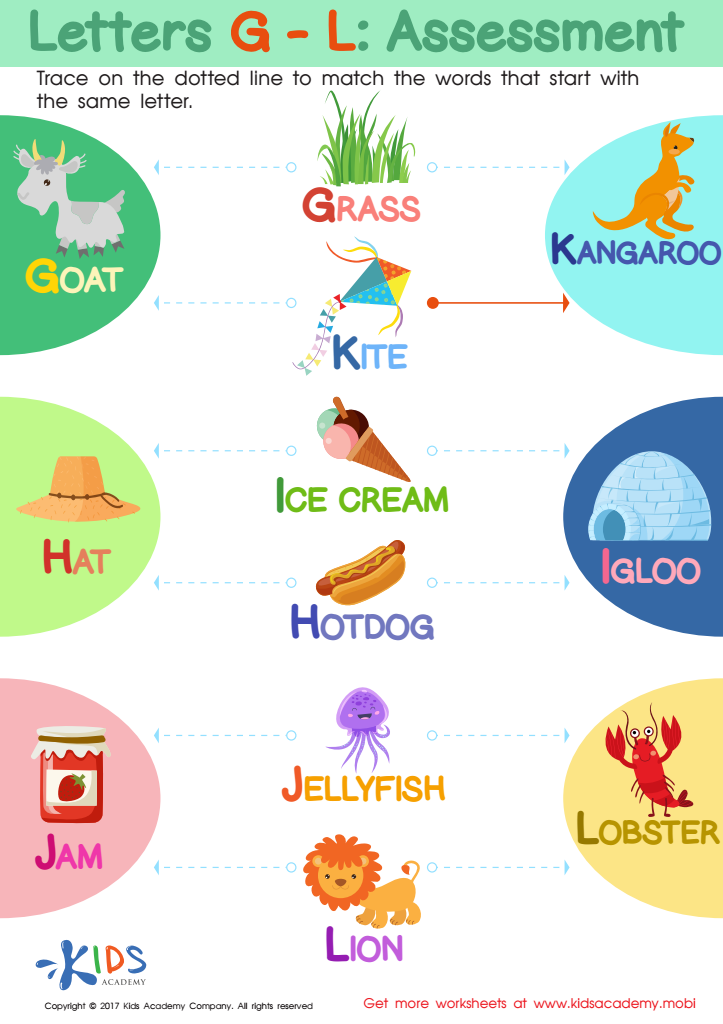

Letters G-L Worksheet
Alphabet worksheets activities stand as a cornerstone in the realm of early childhood education, laying a robust foundation for young learners embarking on their literacy journey. These structured yet engaging exercises are designed to familiarize children with the letters of the alphabet, their shapes, sounds, and the various ways they connect to form words. The utility of alphabet worksheets activities is manifold, catering not just to the acquisition of basic reading skills but also to a child's cognitive and fine motor development.
Firstly, alphabet worksheets activities introduce a sense of order and recognition in the world of letters. Through repetitive practice, children learn to identify each letter, understand its unique sound, and gradually associate it with words that carry the same initial sound. This phonemic awareness is crucial for decoding words and paves the way for fluent reading and effective communication.
Moreover, the varied nature of these worksheets—ranging from tracing and coloring letters to matching them with corresponding pictures—ensures that learning never becomes monotonous. Such activities stimulate a child’s creativity and imagination, making the process of learning the alphabet interactive and enjoyable. This approach not only enhances memory retention but also encourages a positive attitude towards learning.
Additionally, engaging with alphabet worksheets activities aids in developing fine motor skills. The act of holding pencils, tracing letters, and coloring within lines refines hand-eye coordination, preparing children for writing tasks in the future. This physical interaction with letters also reinforces their recognition, creating a multi-sensory learning experience that caters to various learning styles.
In essence, alphabet worksheets activities are a multifaceted tool in early education. They not only lay the groundwork for literacy but also support cognitive development, motor skills, and foster a lifelong love for learning. By integrating these activities into the learning curriculum, educators can ensure a holistic approach to literacy development, setting children on the path to academic success and effective communication.

 Assign to My Students
Assign to My Students



